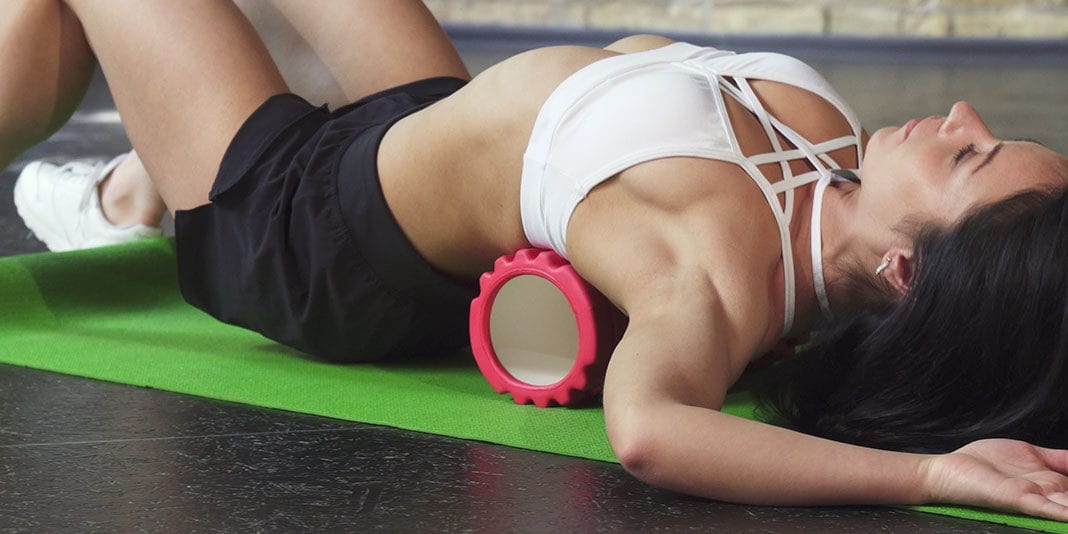Over the years, foam rolling has really taken off, with individuals praising the sense of relief experienced after each session. You can say it has gone mainstream.
Today, foam rolling isn’t just a self-massage technique developed by professional athletes and therapists. It’s more of a daily ritual done by people in all spheres of life and not only the physically active. This piece aims at highlighting answers to the two most commonly asked questions about foam rolling. But first, for those in the back, what exactly is foam rolling?
In simple terms, foam rolling is the therapeutic activity of relieving pent up muscular tension in the fascia (a thin muscle connecting tissue) through the use of a foam or plastic cylindrical object called the foam roller.
When?
Foam rolling can be performed before and after workout sessions. This is because it helps increase one’s tissue elasticity, blood circulation, and motion range before workouts. In turn, it can relax sore muscles while enhancing recovery post-workout. Foam rollers can even be used without having any physical activity. If you feel muscular tension in any part of your body, a foam roller is due.
How?
When using a foam roller, do not exert too much force on the affected area. Be gentle. There’s no need to inflict agonizing pain immediately. Whatever muscle you’re working on, it’ll be easier to divide it into segments and work on each part separately before working on it as a whole. When foam rolling, allow yourself some time to relax before going back in to figure out how your body reacts to it. Through foam rolling, you can find and access the trigger points in your body.
Foam rolling is known to be a significant stress and pain reliever. Next time you’re feeling pain after a workout, grab a foam roller and take 15 minutes to thoroughly foam rolls the different painful areas of your body.




































